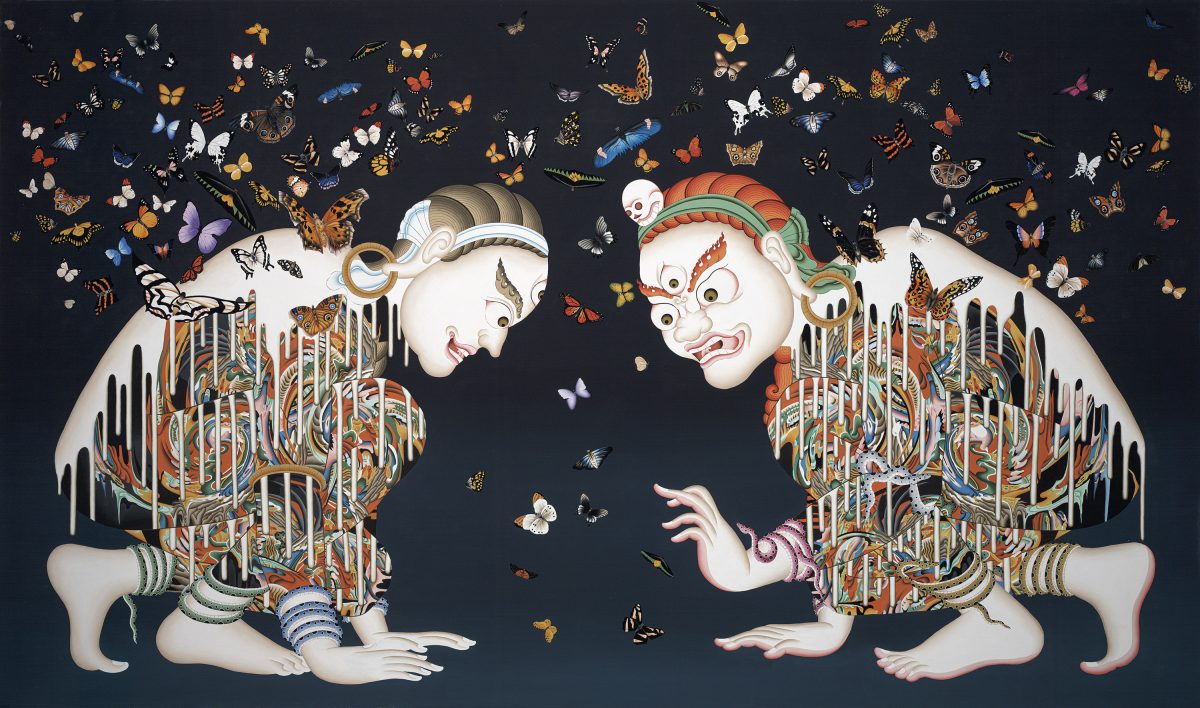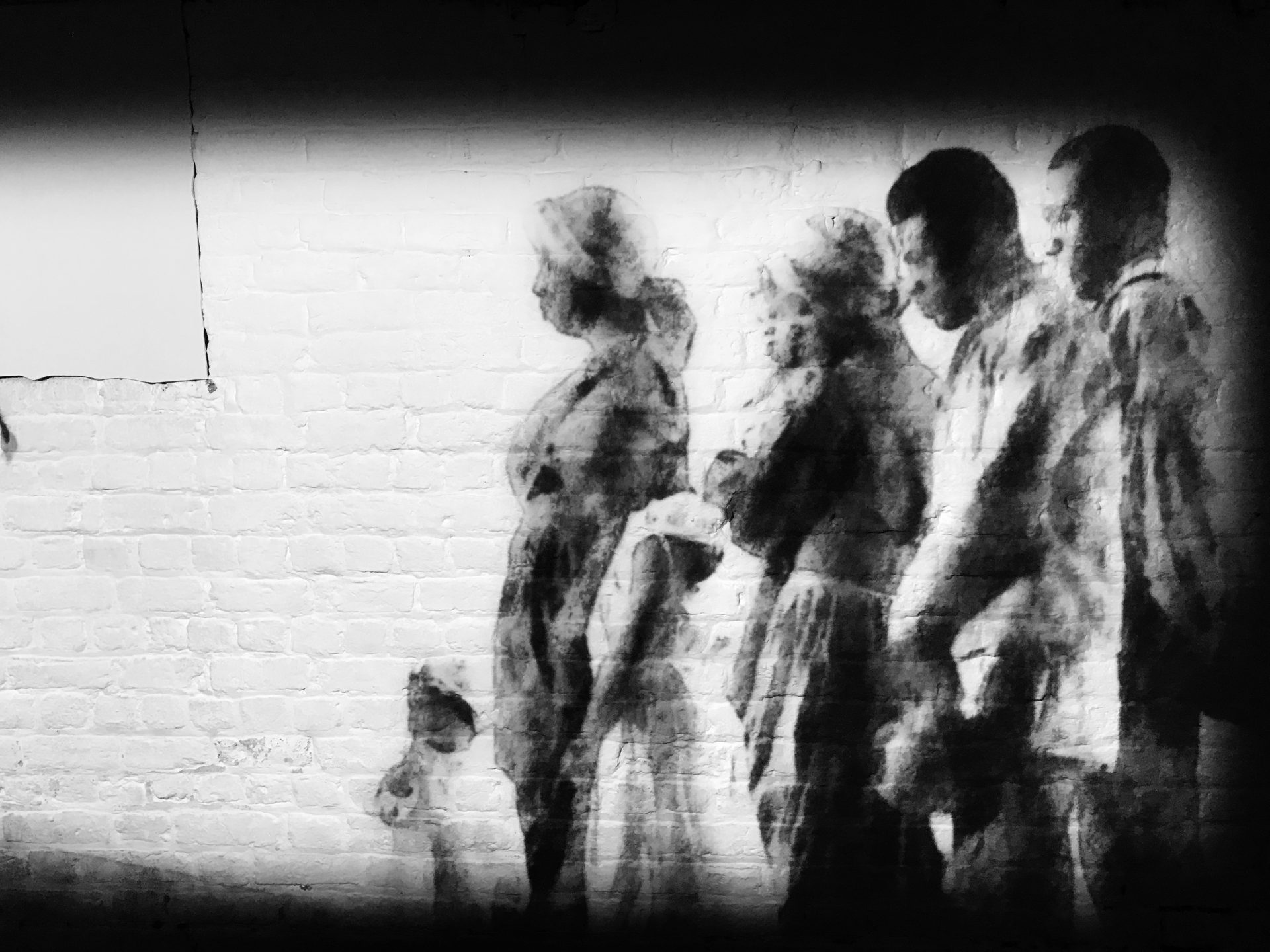When the five lights of brilliant wisdom dawn, Fearlessly, bravely, may I know them as myself! When the forms of the Lords mild and fierce arise, Bold and fearless, may I recognize the between!...


When the five lights of brilliant wisdom dawn, Fearlessly, bravely, may I know them as myself! When the forms of the Lords mild and fierce arise, Bold and fearless, may I recognize the between!...

It was the Congolese people, and their struggle, that shaped the art of the Congo during the colonial period. And it is the context of these people and this struggle that is missing from the exhibit at the VMFA. In 1876, King Leopold II of Belgium founded a private...

The Institute for Contemporary Art has launched an open call to Richmond citizens for collaboration on Italian artist Marinella Senatore’s new radio drama, Richmond: Symphony of a City. Senatore’s work has been exhibited widely throughout Italy, Spain, London, Berlin...

The effects of slavery are still seen in today's society, whether it be the disproportionate rates of incarceration, housing discrimination, or cycles of poverty in the African American community. Yet the historical trend up until very recently was to ignore the true...

Until February 17th, the VMFA will be hosting the Hollywood Costume exhibit. The exhibit features costumes from many decades of film, including costumes from Cecil B DeMille movies made nearly a century ago. Until February 17th, the VMFA will be hosting the Hollywood...